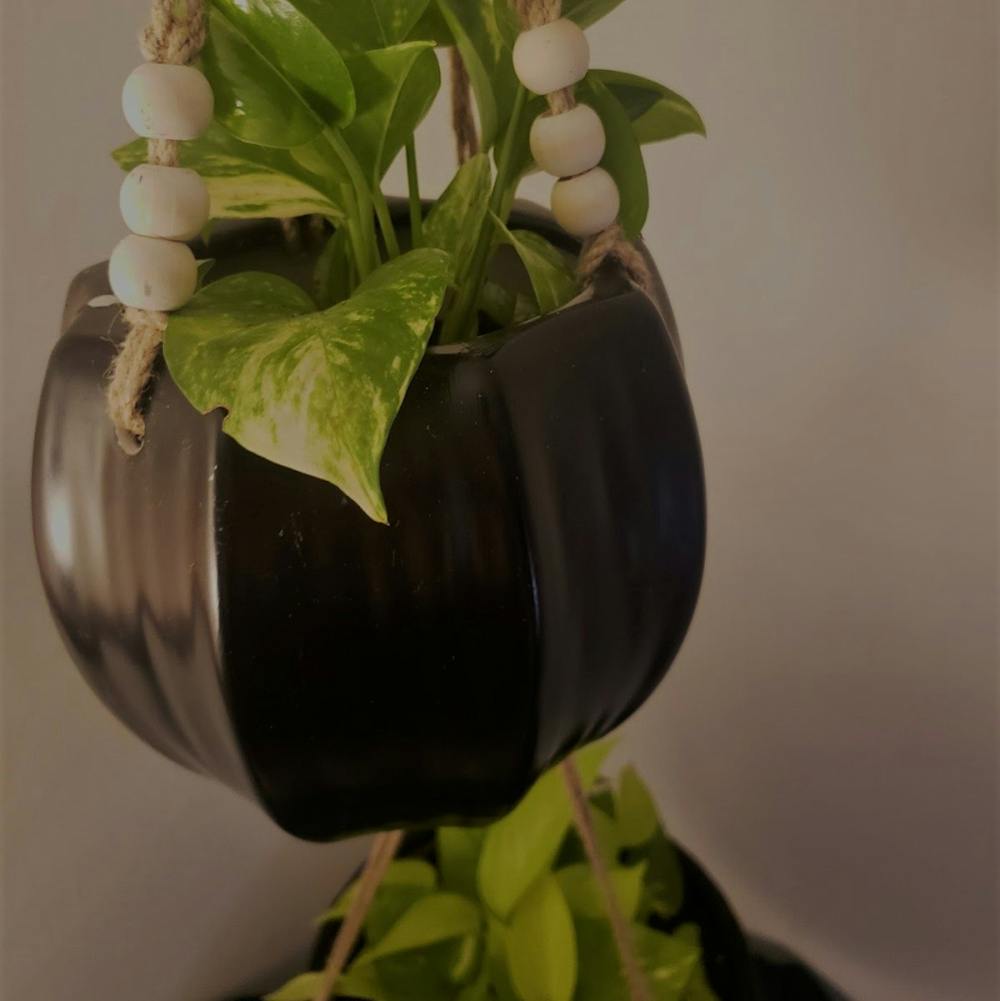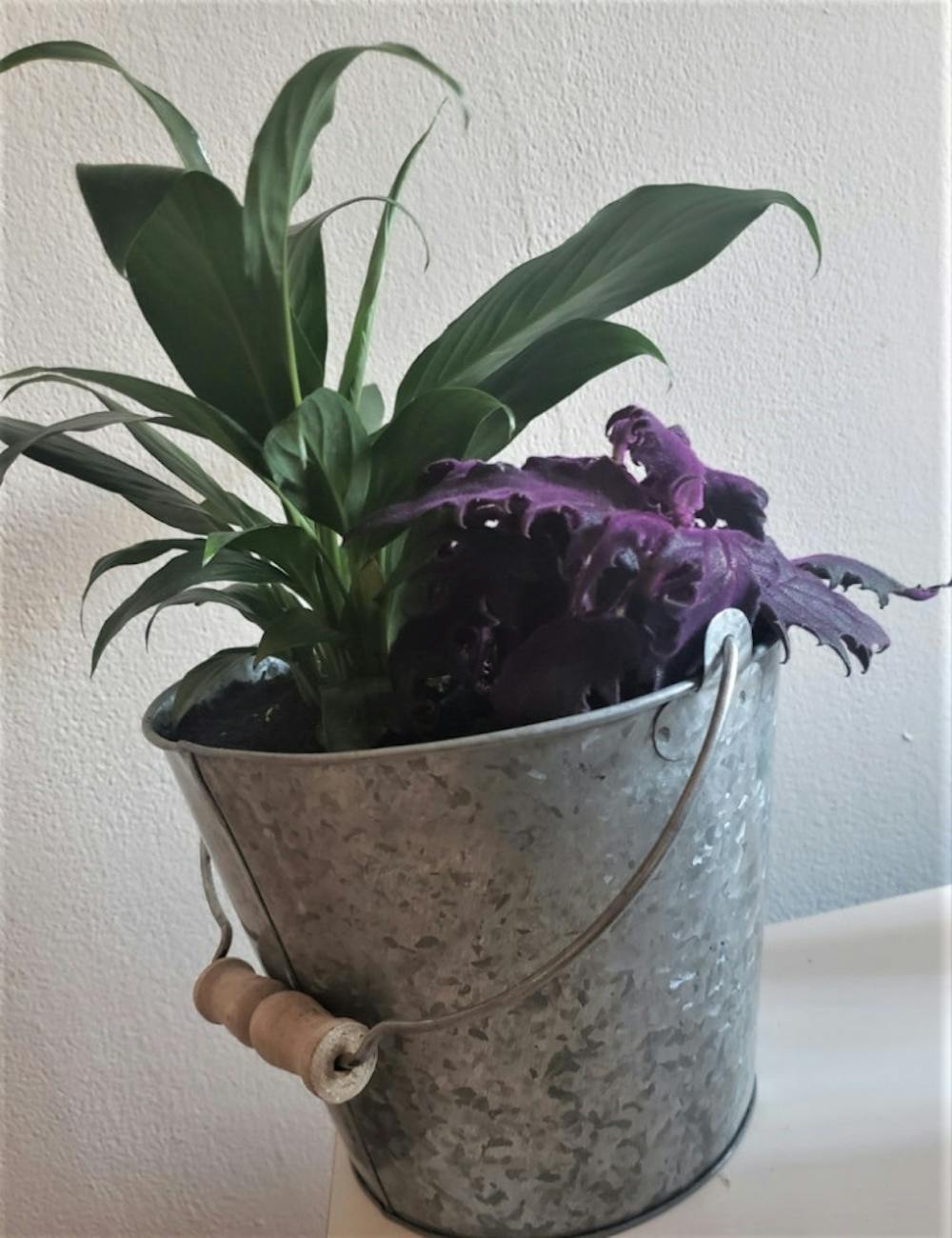By: Allison Reineck
Whether you are living in a dorm, apartment, or house, whether you have lots of light or a small amount, there are options for growing your own plants and even herbs or vegetables. I will admit the process is not always easy, especially if you’re like myself and don’t have a natural green thumb, but there are a lot of resources available to get started on your journey to become a successful plant parent.
The Light You Have Available
Light is important for plants, and it is critical to not only consider the amount of window light you receive but also the direction of the light. It is recommended to plant either by a south, west, or east window because few plants can grow as well from a north facing window. In addition, it is vital to check how much light your plant should be receiving. Low light plants may grow well far from a window, but may be scorched if put in a window. In contrast, it may be difficult to nourish a high light plant if you receive little sunlight through your windows. Oftentimes plants from a store come with a tag telling you which window direction is best for your plant and what level of light is recommended. There are a myriad of resources available to find out more information online. A quick google search of your plant type can suffice, but there is also an app available that I personally recommend, Planta, which gives information on light direction, watering, fertilizing, and repotting. You can even add cute pictures of your plants and name them within the app!
If you don’t have sufficient light available for the plants that you want, there are lots of countertop planters available with built in lighting, even with timed shut-offs in case you forget to turn them off.
Potting
There are lots of articles debating the effectiveness of different pot materials, but the most important features of a pot are the size and drainage. To determine the size of a pot that you need, first check if your plant is fast or slow growing, which can be easily googled. It is generally recommended that for a fast growing plant, the diameter should be at least four inches more than the current size of your plant when purchased. For a slow growing plant, two inches more. This size will likely be sufficient until the plant has reached the age at which it is recommended to be repotted. Drainage is essential for the growth of plants and can be assured through several steps. First, you should only purchase pots that have drainage holes in the bottom, a lot of these will also come with trays to put under the pot so it doesn’t leak on your countertops or window sills. Second, purchase or find outside rocks/pebbles to put into the bottom of the pots before you add any soil. Third, after adding your soil of choice add a small amount of water to your plant and make sure that the pool of water disappears into the soil. This will assure that you have sufficient drainage for your plants.
Easy Plants to Grow for Beginners
The easiest plants to grow as a beginner plant parent mainly require low-light, little water, and little maintenance (trimming, fertilizing, repotting, etc.). There is a huge variety of plants available at Shademakers Garden Center (304 W Collins St in Oxford, open 10:00 a.m.-5:00 p.m.), but some are available at Kroger and Walmart as well.
Enjoy what you're reading?
Signup for our newsletter
Succulents: Succulents are extremely popular as they require very low light and watering, and they are arguably the most accessible indoor plant.
Pothos (Devil’s Ivy): If you’re interested in a vining plant, especially if you’re looking to hang plants, this one is extremely easy to care for. It needs low light and only needs watered when 50 percent of the soil is dry, and the leaf colors quickly indicate if the plant is having problems. I saw brown spots appear on mine within a day and found out that it was due to overwatering, and it returned to its original state within a few days.
Philodendron: Another beautiful vining plant that usually has medium to dark green leaves, this plant needs low light and very little watering and maintenance.
Snake Plant: A flowering plant that has many varieties, including gold and white, requires low water and low light. It has also been shown to improve air quality indoors!
Spider Plant: These are known as one of the most adaptable house plants and are low water and low light plants as well. Spider Plants are more susceptible to overwatering than other plants, however, and prefer to be dry for a period before watering again.
Peace Lily: One of the most popular house plants, this flowering plant requires little watering and prefers to be dry before watering again, and also prefers low to mid sunlight.
Photos courtesy of Allison Reineck.






